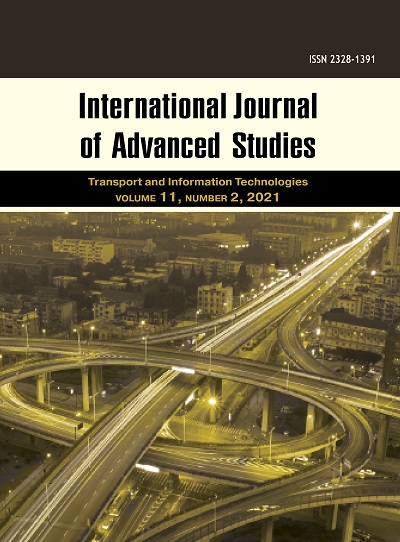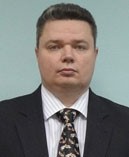НАУЧНЫЕ ОСНОВЫ СОЗДАНИЯ И ФУНКЦИОНИРОВАНИЯ МЕЖДУНАРОДНЫХ ТРАНСПОРТНЫХ КОРИДОРОВ НА ТЕРРИТОРИИ РОССИИ
Аннотация
Международные транспортные коридоры играют ведущую роль в формировании интегрированного глобального рынка транспортных услуг. Целью данной работы является изучение состояния международных транспортных коридоров (далее – МТК) на территории Российской Федерации. Рассмотрено понятие и специфика транспортных договоров. В данной работе затронуты основы создания и функционирования международных транспортных коридоров на территории России. Актуальность обусловлена глобализацией мировой экономики, требующей новых подходов к обеспечению межгосударственных экономических и культурных связей. При этом ведущая роль отводится формируемой системе международных транспортных коридоров (МТК). Произведен детальный анализ нормативно-правовых источников в области государственного контроля логистической деятельности, в частности Соглашений о международных транспортных коридорах. Уделяется внимание перспективам создания и функционирования МТК на территории РФ. Проведенный обзор показывает актуальность создания и функционирования международных транспортных коридоров на территории Российской Федерации, без которых в долгосрочной перспективе не удастся обеспечить необходимый для региональных транспортных коридоров уровень конкурентоспособности.
Скачивания
Литература
Kvitko K.B. Sravnitel’nyy analiz mezhdunarodnykh transportnykh sistem: infrastruktura, reytingi, transportnye koridory [Comparative analysis of international transport systems: infrastructure, ratings, transport corridors]. Transportnye sistemy i tekhnologii, 2020, no. 1, pp. 15-29.
Agreement on the international transport corridor “North-South” (Ratified by the Federal Law of the Russian Federation of 12.03.2002 No. 24-FZ). SPS Consultant Plus. http://www.consultant.ru/document/cons_doc_LAW_35820/
Basic multilateral agreement on international transport for the development of the Europe-Caucasus-Asia corridor. TRECECA. http://www.traceca-org.org/fileadmin/fm-dam/pdfs/til_mla/MLA_Russian_with_ammendments.pdf
On approval of the Rules for the establishment, opening, functioning (operation), reconstruction and closure of checkpoints across the state border of the Russian Federation: Resolution of the Government of the Russian Federation of 26.06.2008 No. 482 (as amended on 28.12.2019) // SZ RF. 2008. No. 28. Art. 3381. http://www.consultant.ru/document/cons_doc_LAW_78130/
TRASEKA. Wikipedia. https://ru.wikipedia.org/wiki/%D0%A2%D0%A0%D0%90%D0%A1%D0%95%D0%9A%D0%90
Pylin A.G. Mezhdunarodnye transportnye koridory na yuzhnom Kavkaze i ikh tranzitnyy potentsial [International transport corridors in the South Caucasus and their transit potential]. Geoekonomika energetiki, 2018, no. 4, pp. 15-20.
Просмотров аннотации: 270
Copyright (c) 2021 Svetlana S. Titova, Varvara M. Makurina, Arina I. Karpova, Artem V. Smol’yaninov

Это произведение доступно по лицензии Creative Commons «Attribution-NonCommercial-NoDerivatives» («Атрибуция — Некоммерческое использование — Без производных произведений») 4.0 Всемирная.







































